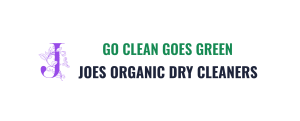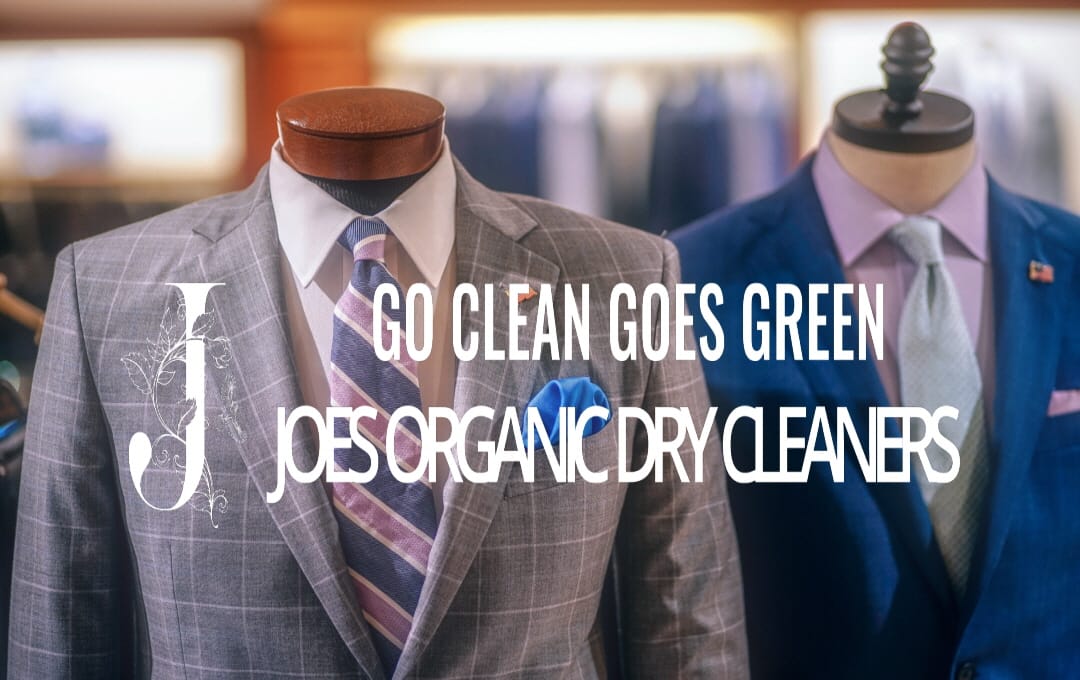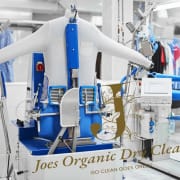
The pickup and delivery process for dry cleaning typically involves the following steps:
Customer Schedule Service: Customers can schedule a pickup and delivery service with their preferred dry cleaner through various channels such as a phone call, email, website, or mobile app. Some dry cleaners offer the convenience of online booking and scheduling, which allows customers to select a pickup and delivery time that suits them best.
Order Confirmation: Once a customer has scheduled the service, the dry cleaner sends a confirmation message to the customer. The message may include details such as the pickup and delivery dates, times, and pricing information. Some dry cleaners may also offer an estimated turnaround time for the cleaning service.
Pickup: On the scheduled pickup date, a driver from the dry cleaning company arrives at the customer’s location to collect the items. The driver may ask the customer to sign a pickup receipt to acknowledge the pickup of the items. The customer can also specify any special instructions or notes regarding the cleaning service.
Transportation: The driver then transports the items to the dry cleaning facility. During transportation, the items are kept in special bags or containers to prevent any damage or soiling. Upon arrival at the facility, the items are sorted, tagged, and checked for any stains or damage.
Cleaning: The dry cleaner determines the appropriate cleaning method for each item based on the fabric type and care instructions. Depending on the cleaning method, items may undergo dry cleaning, wet cleaning, or other specialized cleaning processes.
Inspection: After the cleaning process is complete, the items undergo a thorough inspection to ensure they are free from any remaining stains or damage. If any issues are found, the dry cleaner may attempt to re-clean the items or make necessary repairs.
Packaging: Once the items pass inspection, they are packaged and labeled with a unique identification number. The dry cleaner may also provide protective bags or hangers to keep the items in good condition during transportation.
Delivery: On the scheduled delivery date, a driver from the dry cleaning company delivers the items to the customer’s location. The driver may ask the customer to sign a delivery receipt to acknowledge the delivery of the items.
Payment: Customers typically pay for the service upon delivery, either in cash or through an online payment platform. Some dry cleaners may offer prepayment options to avoid the need for cash or card payments upon delivery.
Follow-up: Many dry cleaners follow up with customers after the delivery to ensure their satisfaction with the service. They may also encourage customers to leave feedback or reviews on their website or social media pages to improve their services.









































